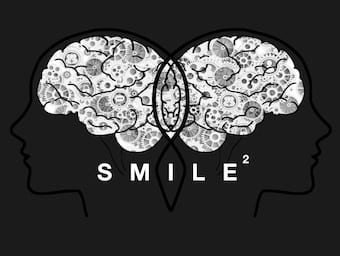
ANZICS NZ Regional Meeting 2017
This page collates the resources for my talks at the ANZICS New Zealand Regional Meeting in Wellington, 2017.
The LITFL Critical Care Compendium is a comprehensive collection of pages concisely covering the core topics and controversies of critical care.

This page collates the resources for my talks at the ANZICS New Zealand Regional Meeting in Wellington, 2017.

OVERVIEW Chest pain with ischemic symptoms and haemodynamic compromise can occur acutely due to a spectrum of aortic pathologies known as the acute aortic syndrome the rate of aortic rupture is higher in penetrating atheromatous ulcer (42%) and intramural hematoma…

Strong Ion Difference - The quantitative approach to acid-base chemistry is also known as the physicochemical method or the Stewart approach

Seizures and hyponatremia in a 10 year-old boy - can you answer the questions and find the solutions to the case-based questions in this laboratory tester?

Fulminant hepatic failure is defined as the appearance of hepatic encephalopathy in a patient with acute deterioration of liver function with no previous history of liver disease.

You've just been handed over a patient who has an altered mental status when the phone rings. It's the lab - you're told that your patient has a serum ammonia level of 250 umol/L (reference range, 11-35 umol/L). WTF?

A pregnant patient has pneumonia. There are also concerns that she has a metabolic acidosis. Can you solve this metabolic muddle?

76 year old male living alone. Found obtunded at home by neighbours. Breathing rapidly and muttering incoherently. No other history available. CATMUDPILES?

Unlearning is the process of abandoning or giving up knowledge, values or behaviour either unconsciously or deliberately

Pyroglutamic acidosis is a rare cause of high anion gap metabolic acidosis (HAGMA). When glutathione levels are low, the activity of γ-glutamyl cyclotransferase is increased, resulting in pyroglutamic acid accumulation in glutathione-depleted states

D-Lactic acidosis aka D-lactic encephalopathy. Rare cause of high anion gap metabolic acidosis (HAGMA), typically occurs in patients short bowel syndrome or following jejuno-ileal bypass surgery

The degree of acid-base abnormality during cardiac arrest and cardio-pulmonary resuscitation (CPR) is dependent on a number of variables